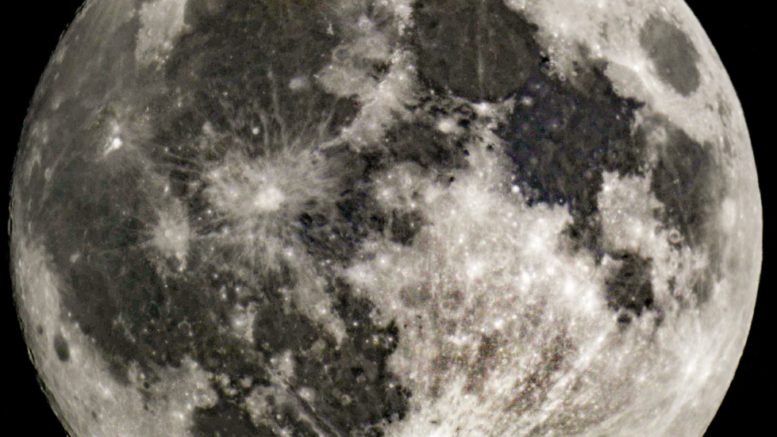Coined in 1979 by astrologer Richard Nolle in Dell Horoscope magazine, the term supermoon was arbitrarily defined as: “… a new or full moon which occurs with the Moon at or near (within 90% of) its closest approach to Earth in a given orbit, perigee. In short, Earth, Moon and Sun are all in a line, with Moon in its nearest approach to Earth.”
A more technical and regularly accepted definition is “a full moon or a new moon that nearly coincides with perigee, resulting in a slightly larger-than-usual apparent size of the lunar disk as viewed from Earth.”
In some instances, the moon could appear as much as 30 percent brighter and 14 percent larger than normal. These differences are very hard to spot the difference with the naked eye. Nevertheless, this does mean that the moon will look better when using either binoculars or a telescope!
The tidal force of Earth’s oceans by a supermoon at perigee has a slightly stronger effect than a normal Full or New Moon, but the gravitational force is relatively weak and compared to a normal Full or New Moon, may cause tides to rise by an extra inch or two.
The astronomical community, whom instead usually prefer the term, perigee-syzygy or perigee Full/New Moon. However, with no technical term being provided by an authoritative body such as the International Astronomical Union, there will still be much conjecture in the astronomical community about what exactly constitutes this phenomena.

Leave a comment